

Articles
What Does A 5000K Mean On A Light Bulb
Modified: October 31, 2024
Learn what the term "5000K" means on a light bulb and how it affects the color temperature. Read our informative articles to gain a deeper understanding.
(Many of the links in this article redirect to a specific reviewed product. Your purchase of these products through affiliate links helps to generate commission for Storables.com, at no extra cost. Learn more)
Introduction
Lighting plays a crucial role in our daily lives, whether it’s in our homes, offices, or public spaces. It not only illuminates our surroundings but also sets the mood and ambiance. When it comes to choosing the right light bulb, there are various factors to consider, including color temperature. Color temperature refers to the appearance of light emitted by a bulb and is measured in Kelvin (K).
In this article, we will explore what 5000K means on a light bulb and delve into its significance. Understanding color temperature and the benefits of different options can help you make informed decisions when it comes to illuminating your space effectively.
Key Takeaways:
- 5000K light bulbs emit a bright, crisp, and daylight-like glow, promoting alertness and productivity in spaces like offices, art studios, and photography environments. Their high color rendering index ensures accurate color representation.
- While 5000K light bulbs offer numerous benefits, it’s crucial to consider factors such as atmosphere, color distortion, and personal preferences. Assessing specific space requirements will help make an informed decision.
Read also: 8 Amazing 5000K LED Bulb for 2025
Understanding Color Temperature
Before we dive into what 5000K means on a light bulb, it’s essential to have a basic understanding of color temperature. Color temperature is a characteristic of light that describes the color appearance of the emitted light source. It is measured in Kelvin (K), and the higher the Kelvin value, the cooler the color temperature appears.
Color temperature is often categorized into three main types:
- Warm White: This range typically falls between 2700K and 3000K, offering a soft, cozy, yellowish glow reminiscent of traditional incandescent bulbs. It is commonly used in living rooms, bedrooms, and spaces where a warm and inviting ambiance is desired.
- Neutral White: With a temperature between 3500K and 4000K, neutral white light emits a clean, balanced light that closely resembles natural daylight. It is commonly used in offices, retail spaces, and task-oriented areas where clarity and focus are important.
- Cool White: Falling within the range of 5000K to 6500K, cool white light produces a brighter, bluish-white glow that simulates daylight or a sunny sky. It is often preferred in areas where productivity and alertness are key, such as offices, workshops, and garages.
Each color temperature has its own unique characteristics and applications, and it’s important to choose the right one based on the specific needs of your space.
What is 5000K?
Now that we have a general understanding of color temperature, let’s focus on what 5000K means on a light bulb. A light bulb with a color temperature of 5000K falls into the cool white category. It emits a bright, crisp, and daylight-like glow that is often described as “natural” light.
At 5000K, the light appears whiter and less yellow compared to warm white light bulbs. It has a slightly bluish hue, mimicking the color temperature of midday sunlight. This makes it ideal for spaces that require a sense of energy, focus, and clarity, such as offices, workspaces, and task-oriented areas.
5000K light bulbs are known for their ability to promote alertness and productivity. The cool white light stimulates the brain and helps to maintain concentration, making it a popular choice for study areas or places where detailed work is performed. It can also enhance visibility and reduce eye strain due to its high color rendering index (CRI), which measures a light source’s ability to accurately render colors.
Moreover, 5000K light bulbs are commonly used in photography and filming settings. The daylight-like illumination they provide helps to create a natural and vibrant environment for capturing images or videos.
It’s important to note that the color temperature of a light bulb is not the only factor to consider when choosing the right lighting for a space. Other factors, such as the wattage, brightness, and beam angle, also play a significant role in creating the desired lighting effect.
Benefits of 5000K Light Bulbs
There are several benefits to using 5000K light bulbs in your residential or commercial spaces. Let’s explore some of the advantages:
- Enhanced brightness and visibility: The cool white light produced by 5000K light bulbs offers a high level of brightness, which can help improve visibility in various settings, including offices, workshops, and garages. The clarity provided by these bulbs is especially useful for tasks that require attention to detail.
- Promotes alertness and focus: The daylight-like illumination of 5000K light bulbs stimulates the brain and promotes a sense of alertness and focus. This makes them an excellent choice for workspaces, study areas, and environments where productivity and concentration are essential.
- Excellent color rendering: 5000K light bulbs typically have a high color rendering index (CRI), which means they accurately render colors. This is particularly important in spaces where color accuracy is vital, such as art studios, retail stores, and photography studios.
- Creates a modern and clean aesthetic: The bright and neutral white light of 5000K bulbs can give a space a contemporary and clean look. It can help make an area feel more open and spacious, contributing to an overall modern aesthetic.
- Can improve mood and well-being: Natural-looking light has been linked to improved mood and well-being. 5000K light bulbs, with their daylight-like glow, can create a more uplifting and positive atmosphere, enhancing the overall comfort of your space.
It is important to consider the specific needs and requirements of your space when choosing the color temperature of your light bulbs. While 5000K bulbs offer numerous benefits, they may not be suitable for every environment. Assessing the intended use and desired ambiance will help you determine whether 5000K light bulbs are the right fit for your lighting needs.
The term “5000K” on a light bulb refers to the color temperature, with 5000K being a cool, bluish-white light. This is often preferred for task lighting or areas where a bright, energizing light is desired.
Applications of 5000K Light Bulbs
The versatile nature of 5000K light bulbs makes them suitable for various applications in both residential and commercial settings. Here are some common uses for 5000K light bulbs:
- Office Spaces: 5000K light bulbs create a bright, energizing atmosphere, making them ideal for offices and workspaces. The cool white light promotes focus, productivity, and alertness, which is beneficial for tasks that require concentration, such as reading, writing, and computer work.
- Retail Stores: In retail settings, accurate color rendering is crucial for showcasing products in their true colors. 5000K light bulbs, with their high CRI, enhance color accuracy, making products look vibrant and appealing to customers. They also provide sufficient brightness to properly illuminate the sales floor and display areas.
- Art Studios and Galleries: Artists and art enthusiasts rely on accurate color representation. 5000K light bulbs create a natural daylight-like glow that ensures colors are rendered faithfully, allowing artists to see true color hues and values as they work. Similarly, galleries opt for 5000K lighting to display artworks in their intended colors.
- Photography and Filming: 5000K light bulbs are commonly used in photography and filming settings to simulate natural daylight. This helps to achieve accurate color reproduction and create a vibrant and lifelike environment for capturing still images or videos. The cool white light is particularly valuable for outdoor shoots or situations where daylight is unavailable.
- Task-Oriented Areas: Places that require attention to detail, such as workshops, laboratories, and sewing rooms, can benefit from 5000K light bulbs. The bright and crisp illumination enhances visibility, enabling precise work and reducing eye strain.
- Garages: Garages often serve as multifunctional spaces for parking vehicles, DIY projects, and storage. 5000K light bulbs provide ample brightness for various tasks while replicating the clarity of daylight, making them a practical choice for garage lighting.
These are just a few examples of the many applications for 5000K light bulbs. It’s important to consider the specific lighting needs of each space and determine whether the cool white light offered by 5000K bulbs aligns with your desired ambiance and functionality.
Considerations for Using 5000K Light Bulbs
While 5000K light bulbs offer several benefits and have a wide range of applications, there are a few considerations to keep in mind when using them:
- Atmosphere: The cool white light of 5000K bulbs can create a more sterile or clinical atmosphere compared to warmer color temperatures. Consider the mood and ambiance you want to achieve in your space before opting for 5000K bulbs.
- Color Distortion: While 5000K light bulbs provide excellent color rendering in general, they may cause slight color distortion in specific situations. For example, certain fabrics or materials may appear slightly differently under cool white light compared to warmer tones. Consider the color accuracy requirements of your space and adjust accordingly.
- Sleep Disruption: Exposure to cool white light, especially in the evening or nighttime, can affect sleep patterns. The bright and blue-toned light can interfere with the body’s natural melatonin production, making it harder to fall asleep. If using 5000K light bulbs in your bedroom, consider dimming or switching to warmer lighting in the evening to promote better sleep.
- Personal Preference: Color temperature is a matter of personal preference, and different individuals may have different preferences for the lighting in their space. If you find that 5000K light bulbs are too bright or harsh for your liking, consider exploring other color temperature options that better suit your preferences and needs.
- Compatibility with Fixtures: Before purchasing 5000K light bulbs, ensure that they are compatible with your existing fixtures and lighting systems. Some fixtures may only accommodate specific types of bulbs or have wattage restrictions. Check the specifications of your fixtures and consult with a professional if needed.
Considering these factors will help you make an informed decision when incorporating 5000K light bulbs into your space. It’s important to strike a balance between functionality, aesthetics, and personal preferences to create the desired lighting experience.
Conclusion
When it comes to choosing the right light bulb for your space, understanding color temperature is essential. 5000K light bulbs, falling into the cool white category, offer a bright, crisp, and daylight-like glow that can enhance productivity, visibility, and color accuracy in various settings.
With their ability to promote alertness and focus, 5000K light bulbs are well-suited for office spaces, retail stores, art studios, and photography environments. The neutral white light they emit creates a modern and clean aesthetic, while their accurate color rendering ensures true color representation.
However, it’s important to consider the specific needs and characteristics of your space. Factors such as atmosphere, color accuracy requirements, and personal preferences should be taken into account before opting for 5000K light bulbs.
Additionally, be mindful of potential sleep disruption that cool white light can cause in the evening hours and ensure compatibility with your fixtures before making a purchase.
Ultimately, the choice of color temperature is subjective and depends on the desired ambiance and functionality of your space. Assessing your specific requirements and considering the benefits and considerations of 5000K light bulbs will help you make an informed decision that enhances your lighting experience.
Remember, lighting is not just about functionality; it also impacts the mood and atmosphere of a space. So, choose wisely and create the perfect lighting environment to suit your needs.
Frequently Asked Questions about What Does A 5000K Mean On A Light Bulb
Was this page helpful?
At Storables.com, we guarantee accurate and reliable information. Our content, validated by Expert Board Contributors, is crafted following stringent Editorial Policies. We're committed to providing you with well-researched, expert-backed insights for all your informational needs.
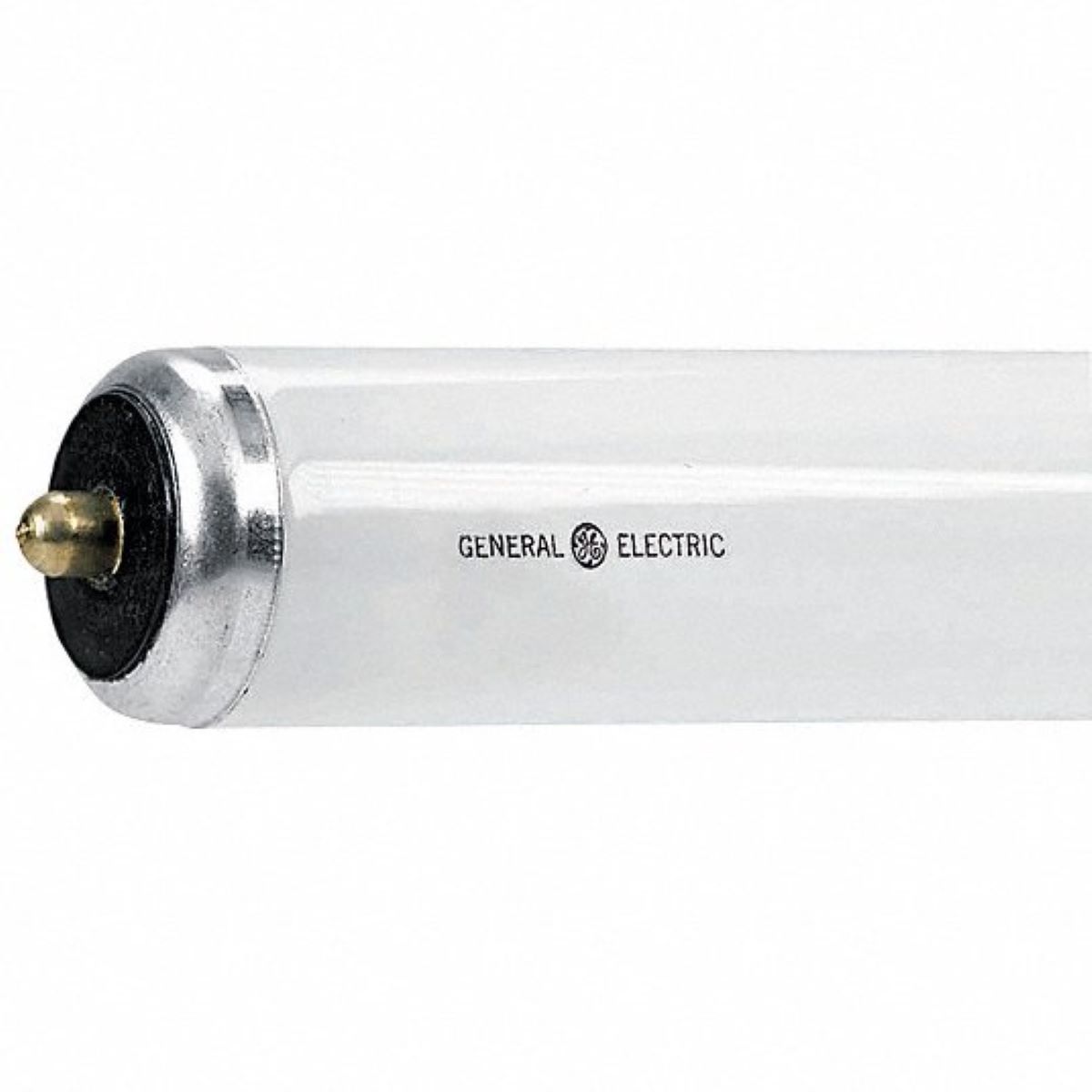
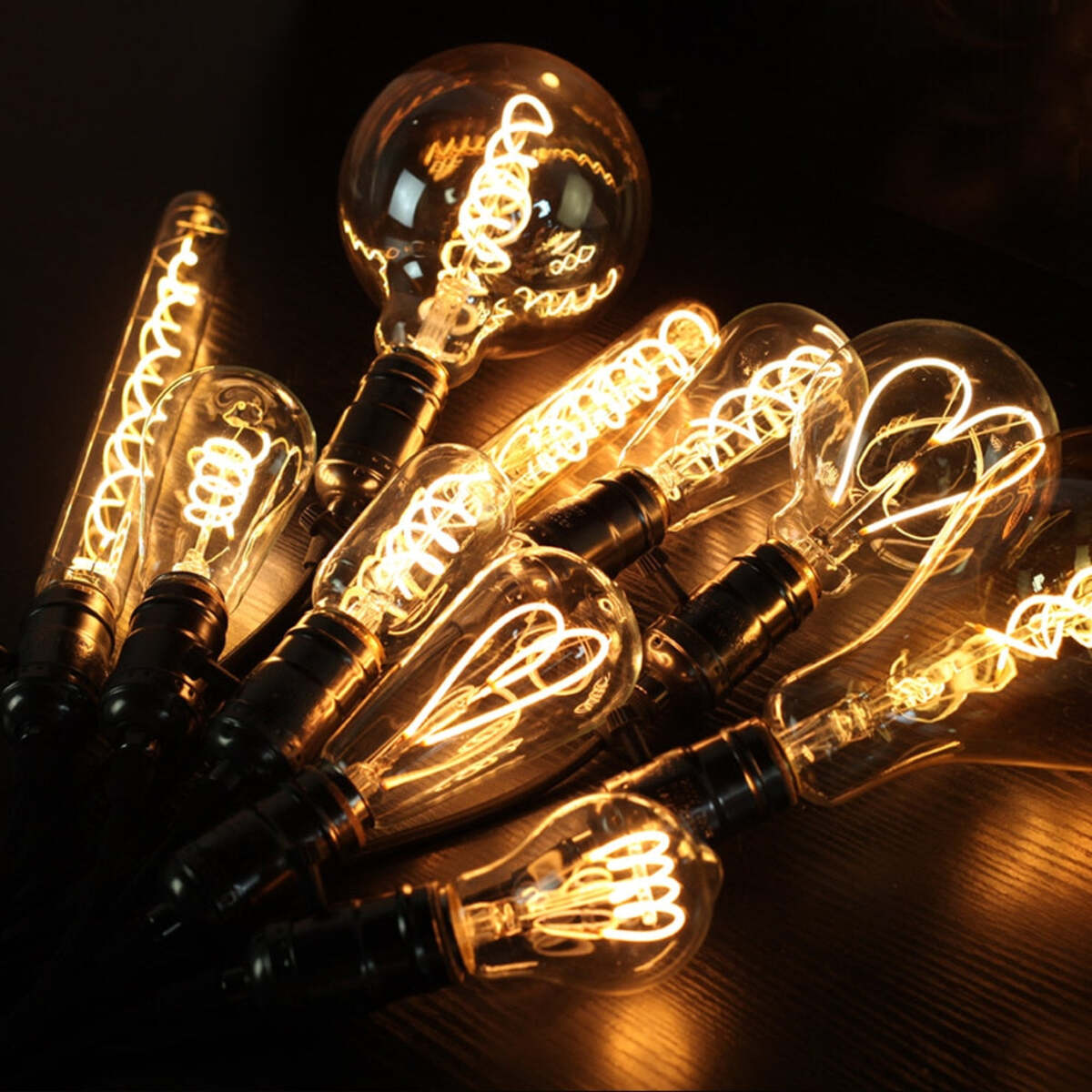
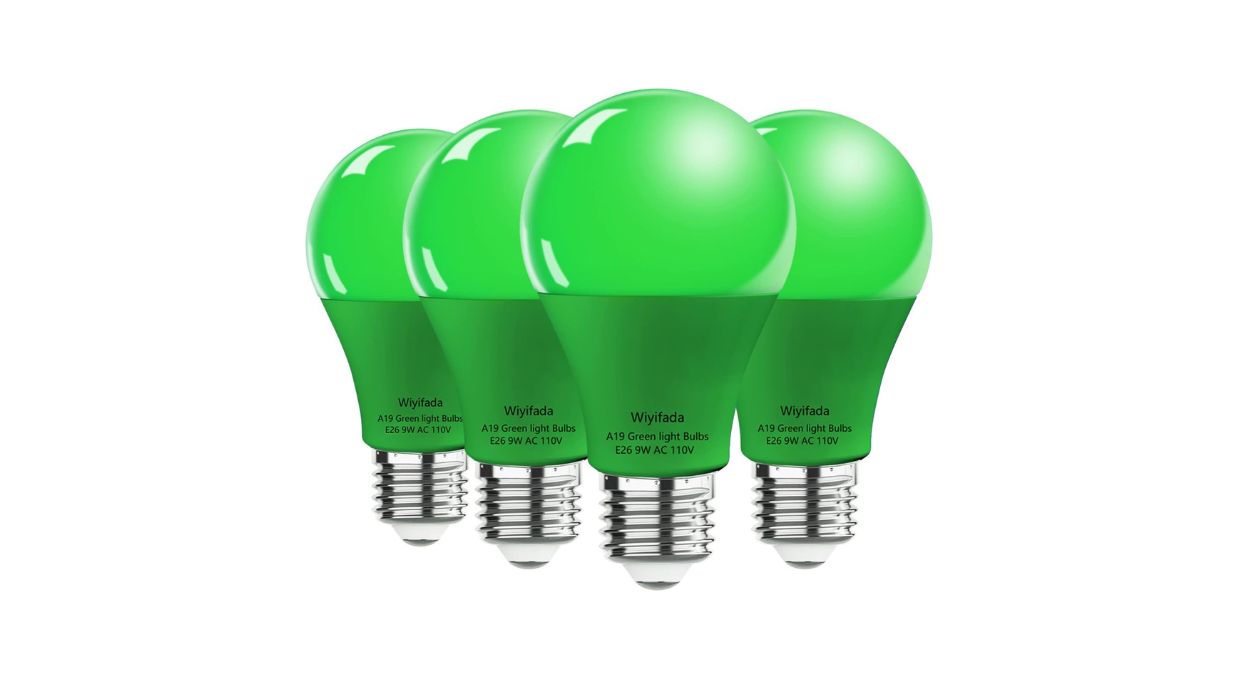
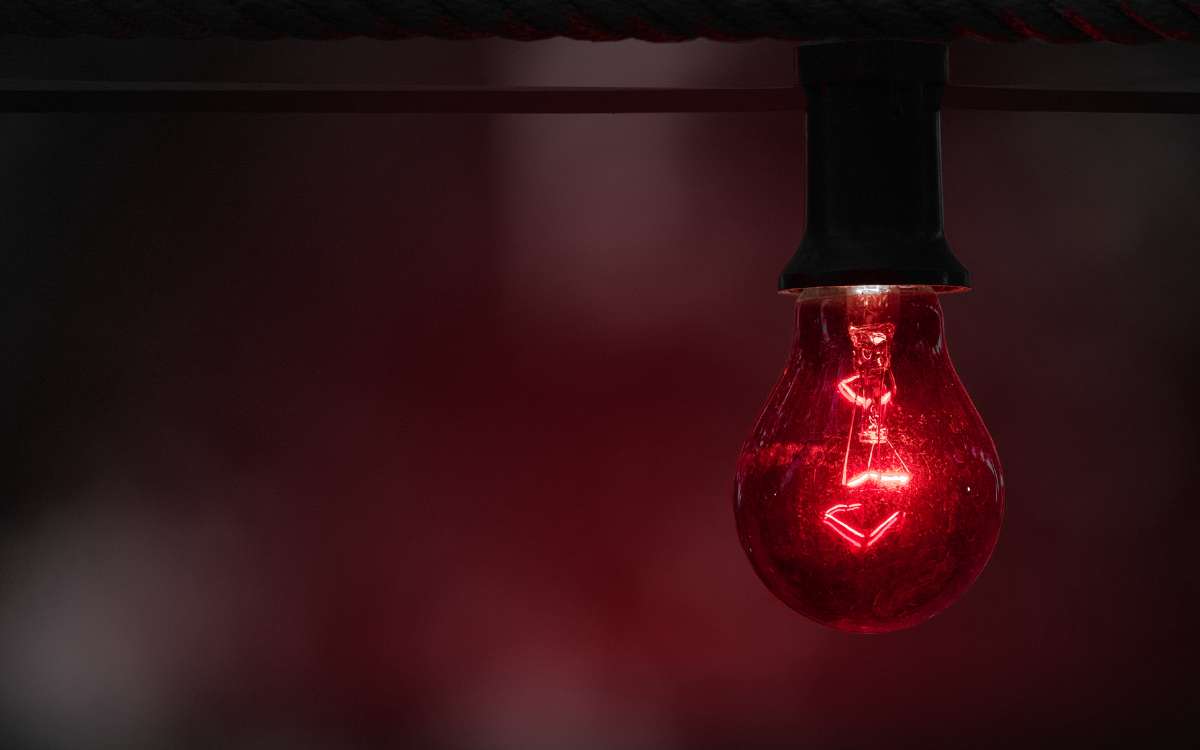
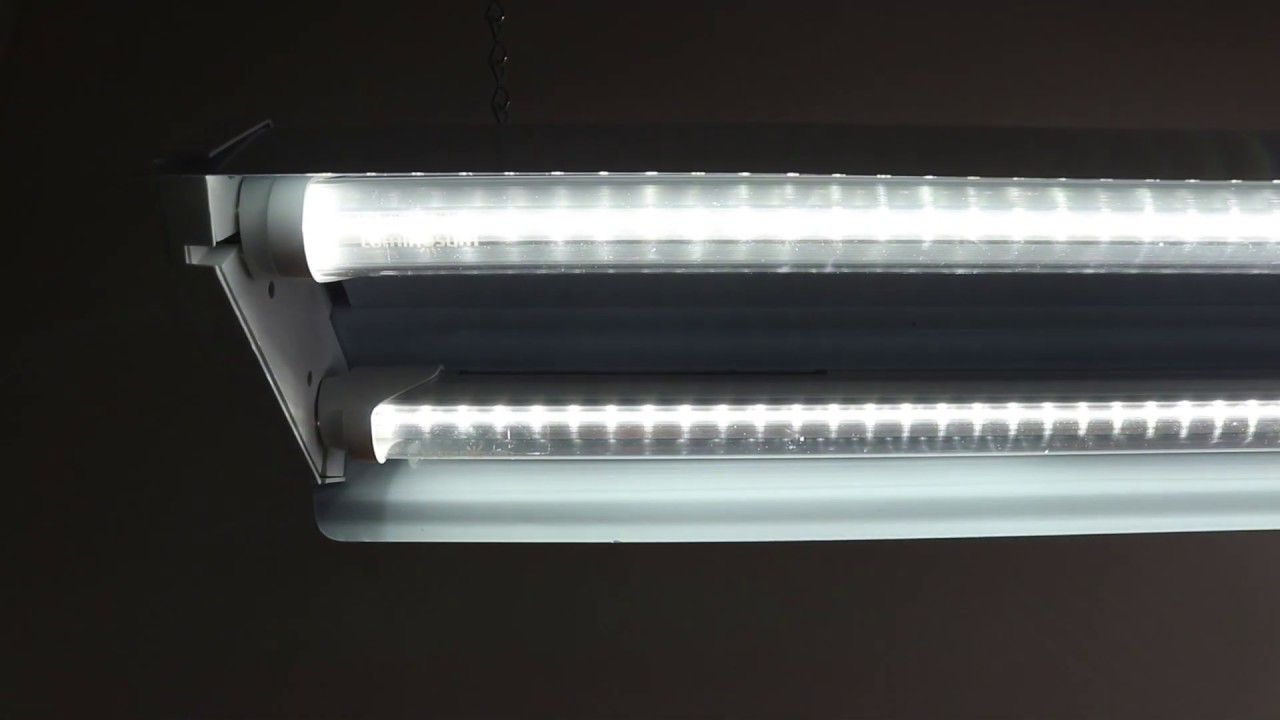

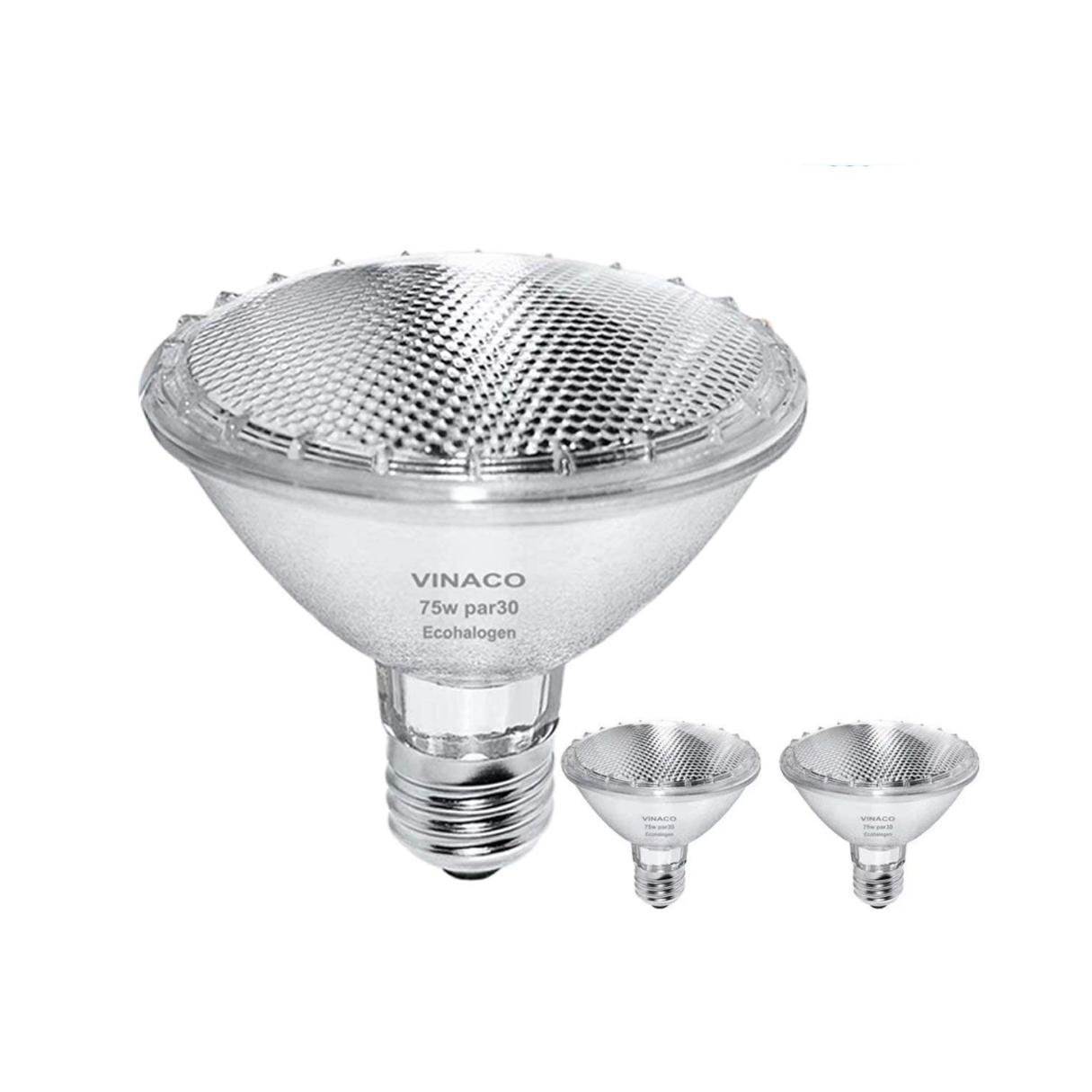

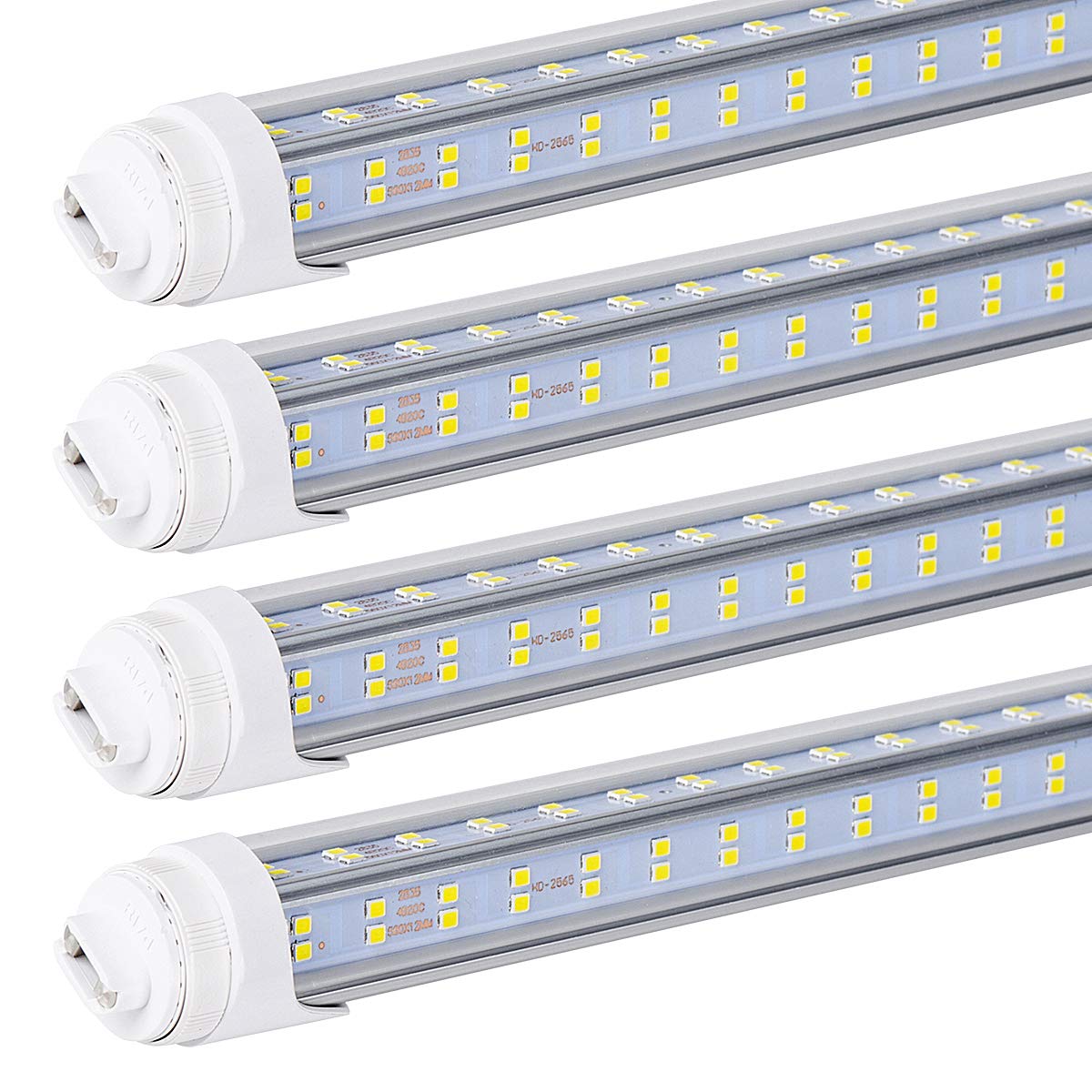

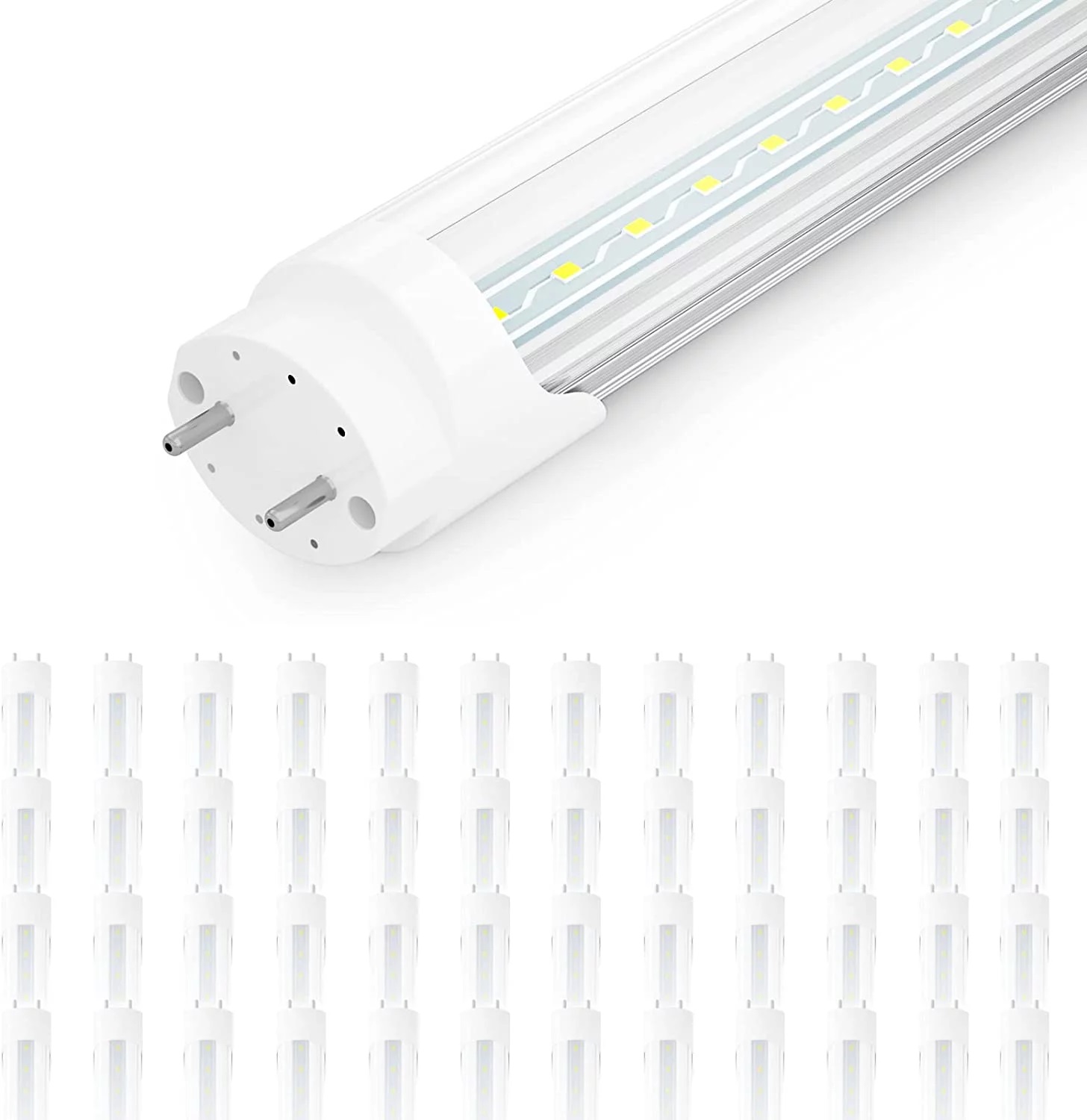


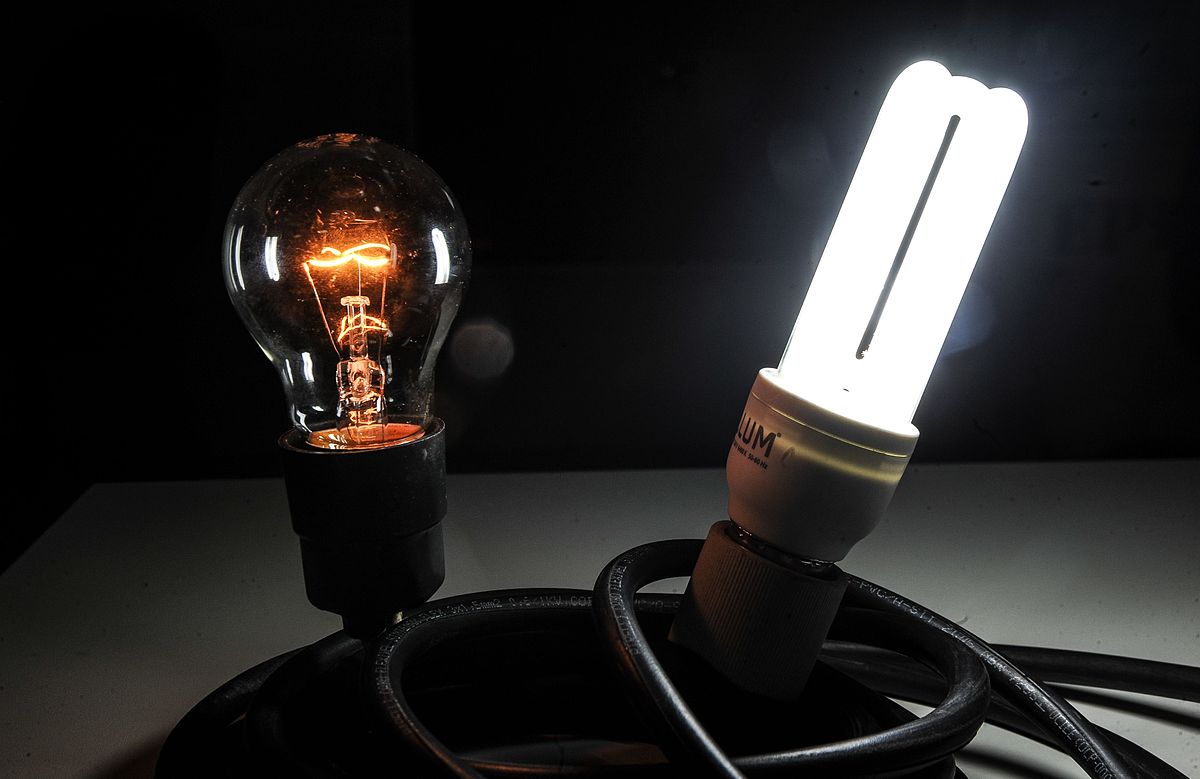

0 thoughts on “What Does A 5000K Mean On A Light Bulb”